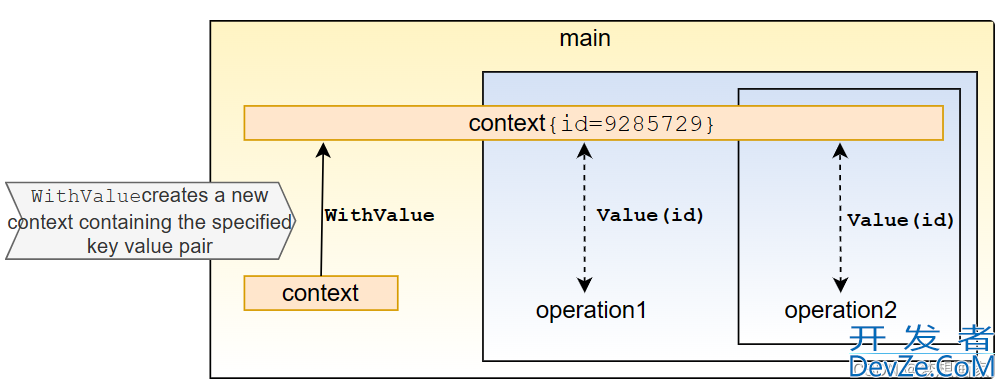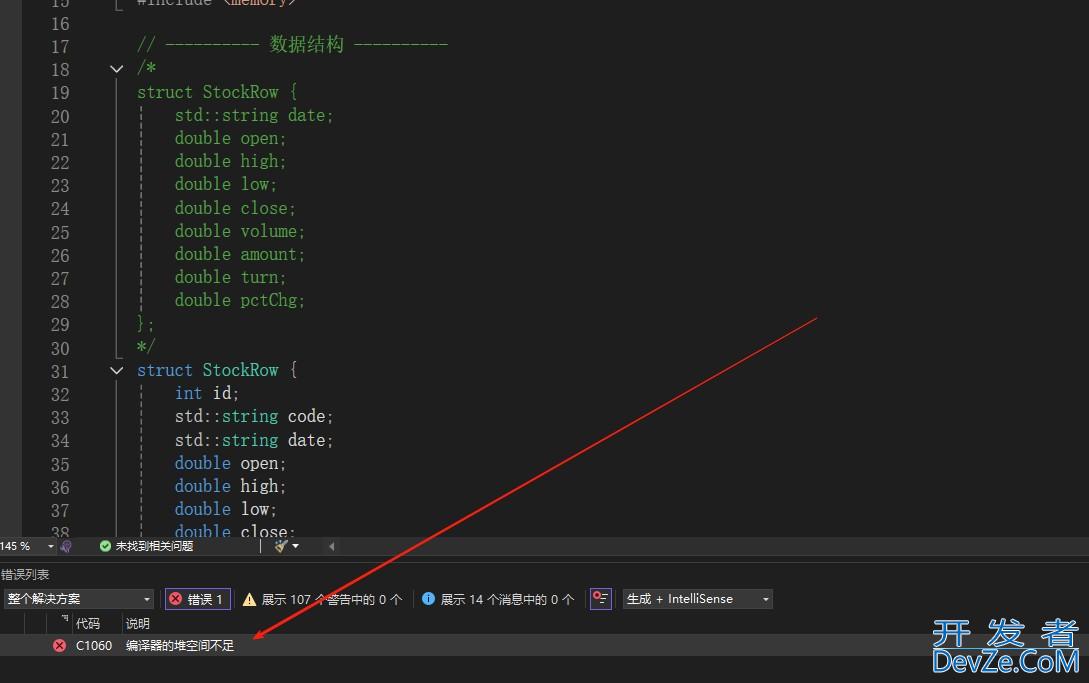详解Golang中Context的三个常见应用场景
目录
- 超时取消
- 取消后续操作
- 上下文传值
超时取消
假设我们希望HTTP请求在给定时间内完成,超时自动取消。
首先定义超时上下文,设定时间返回取消函数(一旦超时用于清理资源)。调用取消函数取消后续操作,删除子上下文对父的引用。
ctx, cancel := context.WithTimeout(context.Background(), time.Millisecond*80)
defer cancel()
req = req.WithContext(ctx)
还可以通过特定时间进行设定:
/ The context will be cancelled after 3 seconds // If it needs to be cancelled earlier, the `cancel` function can // be used, like before ctx, cancel := context.WithTimeout(ctx, 3*time.Second) // Setting a context deadline is similar to setting a timeout, except // you specify a time when you want the context to cancel, rather than a duration. // Here, the context will be cancelled on 2022-11-10 23:00:00 ctx, cancel := context.WithDeadline(ctx, time.Date(2022, time.November, 10, 23, 0, 0, 0, time.UTC))
完整实例如下:
func main() {
//定义请求
req, err := http.NewRequest(http.MethodGet, "https://www.baidu.com", nil)
if err != nil {
log.Fatal(err)
}
// 定义上下文
ctx, cancel := context.WithTimeout(context.Background(), time.Millisecond*80)
defer cancel()
req = req.WithCon编程text(ctx)
// 执行请求
c开发者_开发教程 := &http.Client{}
res, err := c.Do(req)
if err != nil {
log.Fatal(err)
}
defer res.Body.Close()
// 输出日志
out, err := io.ReadAll(res.Body)
if err != nil {
log.Fatal(err)
}
log.Println(string(out))
}
超时输出结果:
2022/12/27 14:36:00 Get "https://www.baidu.com": context deadline exceeded
我们可以调大超时时间,则能正常看到输出结果。
取消后续操作
有时请求被取消后,需要阻止系统继续做后续比必要的工作。请看下面用户发起的http请求,应用程序接收请求后查询数据库并返回查询结果:
正常流程如下:

但如果客户端取消了请求,如果没有取消,应用服务和数据库仍然继续工作,然后结果却不能反馈给客户端。理想状况为所有下游过程停止,如图所示:

考虑有两个相关操作的情况,“相关”的意思是如果一个失败了,另一个即使完成也没有意义了。如果已经知道前一个操作失败了,则希望取消所有相关的操作。请看示例:
func operation1(ctx context.Context) error {
// 假设该操作因某种原因而失败
// 下面模拟业务执行一定时间
time.Sleep(100 * time.Millisecond)
return errors.New("failed")
}
func operation2(ctx context.Context) {
// 该方法要么正常执行完成
// 要么取消,不再继续执行
select {
case <-time.After(500 * time.Millisecond):
fmt.Println("done")
case <-ctx.Done():
fmt.Println("halted operation2")
}
}
func main() {
// 创建上下文
ctx := context.Background()
// 基于上下文创建需求上下文
ctx, cancel := context.WithCancel(ctx)
// 在不同协程中执行两个操作
go func() {
err := operation1(ctx)
// 如果该方法返回错误,则取消该上下文中的后续操作
if err != nil {
cancel()
}
}()
// 实用相同上下文执行操作2
operation2(ctx)
}
由于我们设置操作2执行时间较长,而操作1很快就报错,因此输出结果为操作2被取消:
halted operation2
上下文传值
我们可以实用上下文变量在不同协程中传递值。

假设一个操作需要调用函数多次,其中用于标识的公共ID需要被 日志记录,请看示例:
// 定义key,用于保存上下文值的键
const keyID = "id"
func main() {
// 定义上下文值
编程rand.Seed(time.Now().Unix())
ctx := context.WithValue(context.Background(), keyID, rand.Int())
operation1(ctx)
}
func operation1(ctx context.Context) {
// do some work
// we can get the value from the context by passing in the key
log.Println("operation1 for id:", ctx.Value(keyID), " completed")
operation2(ctx)
}
func operation2(ctx context.Context) {
// do some work
// this way, the same ID is passed from one function call to the next
log.Println("operation2 for id:", ctx.Value(keyID), " completed")
}
这里在main函数中创建上下文,并采用键值对方式存储id值,从而后续函数调用时可以从上下文中获取该值。如图所示:
使用context变量在不同操作中传递信息非常有用,主要原因包括:
- 线程安全: 一旦设置了上下文键,就不能修改它的值,可以使用context.WithValue方法可以设置新的值
- 通用方法:www.devze.com 在Go的官方库和应用程序中大量使用上下文传递数据,我们当然最好也使用这种模式
到此这篇关于详解Golan编程g中Context的三个常见应用场景的文章就介绍到这了,更多相关golang Context内容请搜索我们以前的文章或继续浏览php下面的相关文章希望大家以后多多支持我们!






 加载中,请稍侯......
加载中,请稍侯......
精彩评论